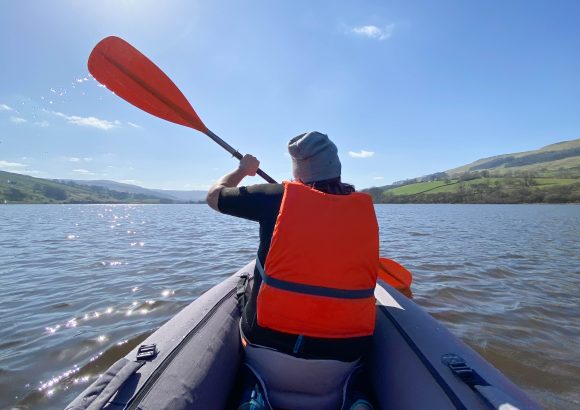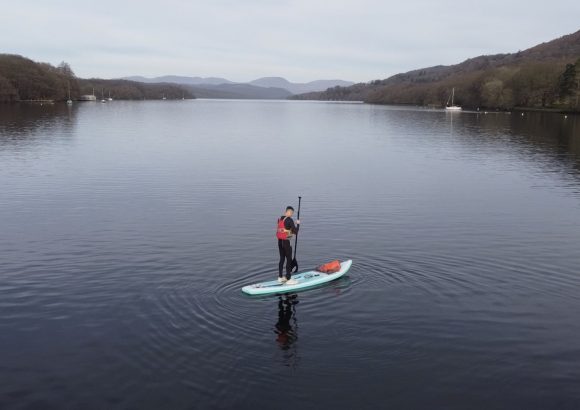- Home
- Start your Paddling Journey
- Paddling Safety
Paddling Safety
While paddling can be a thrilling and enjoyable experience, it’s crucial to prioritize safety on the water. Here are some essential tips and guidelines to ensure your paddling adventures are safe and worry-free:
Wear a Buoyancy Aid: Always wear a properly fitted Buoyancy Aid, whenever you’re on the water. Buoyancy Aid’s provide buoyancy and can be lifesaving in case of an unexpected capsise or accident.
Know and Follow Local Regulations: Familiarise yourself with the specific rules and regulations governing the waterways you plan to paddle on. Be aware of any permits, restrictions, or safety guidelines and adhere to them accordingly.
Check Weather Conditions: Before heading out, check the weather forecast for the day and be mindful of any upcoming changes or severe weather warnings. Avoid paddling in strong winds, storms, or other hazardous conditions that can compromise your safety.
Inform Someone of Your Plans: Always let someone know about your paddling plans. Share details such as your intended route, estimated time of return, and emergency contact information. This way, if anything goes wrong, help can be alerted promptly.
Assess Your Skill Level: Be honest with yourself about your paddling abilities and choose routes and conditions that match your skill level. Gradually challenge yourself as you gain experience and confidence on the water.
Carry Essential Safety Equipment: Ensure you have essential safety equipment with you including a whistle or signaling device to attract attention, a first aid kit, a towline for assistance.
Practice Self-Rescue Techniques: Learn and practice self-rescue techniques specific to your paddling discipline. These techniques may include reentering your craft after a capsise, performing a paddle float rescue, or using a kayak or canoe’s rescue techniques.
Be Aware of Water Conditions: Stay alert to the water conditions, including currents, tides, and waves, and plan your paddling accordingly. Understanding these factors will help you avoid potential hazards and navigate safely.
Dress Appropriately: Dress for the water temperature, not just the air temperature. Even on warm days, cold water can pose a significant risk. Wear appropriate clothing that provides insulation and quick-drying properties.
Stay Hydrated and Protect Yourself from the Sun: Paddling can be physically demanding, so stay hydrated by bringing an adequate supply of water. Additionally, protect yourself from the sun by wearing sunscreen, a hat, and sunglasses.
Remember, safety should always be your top priority when paddling. By following these guidelines and continuously educating yourself about paddling safety practices, you can enjoy your time on the water while minimising risks and ensuring a memorable and safe experience.
If you’re not fully confident why not find your local club.





